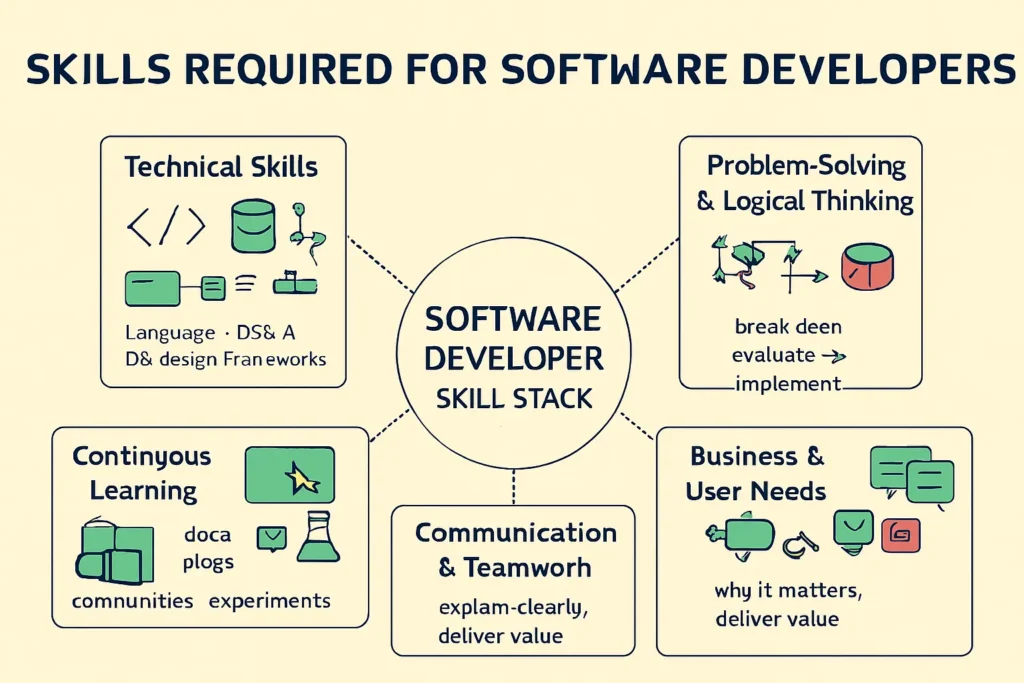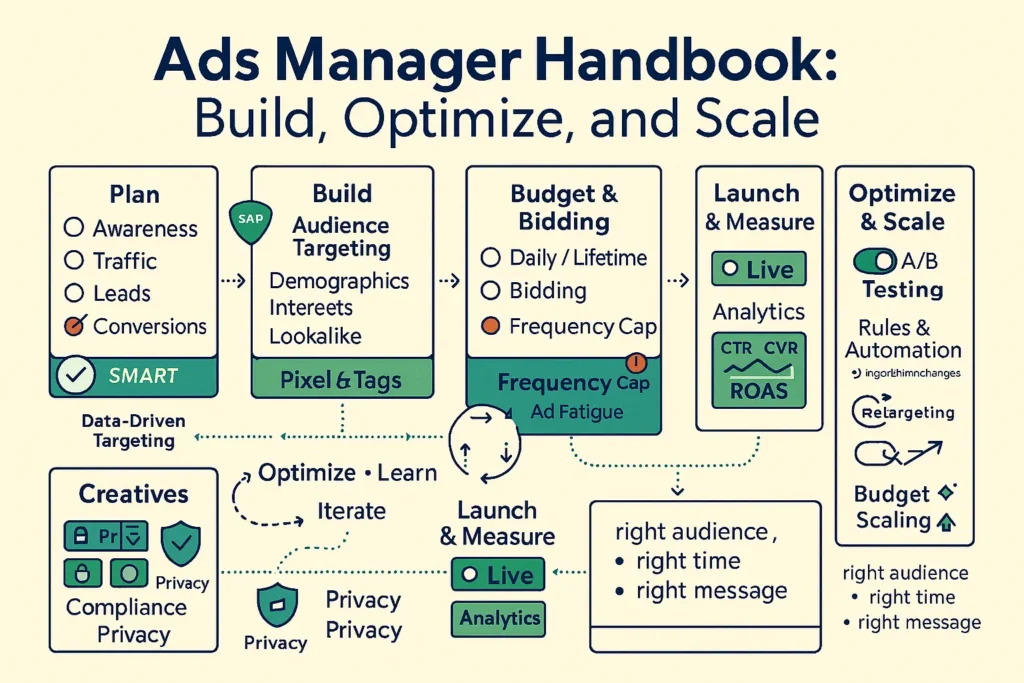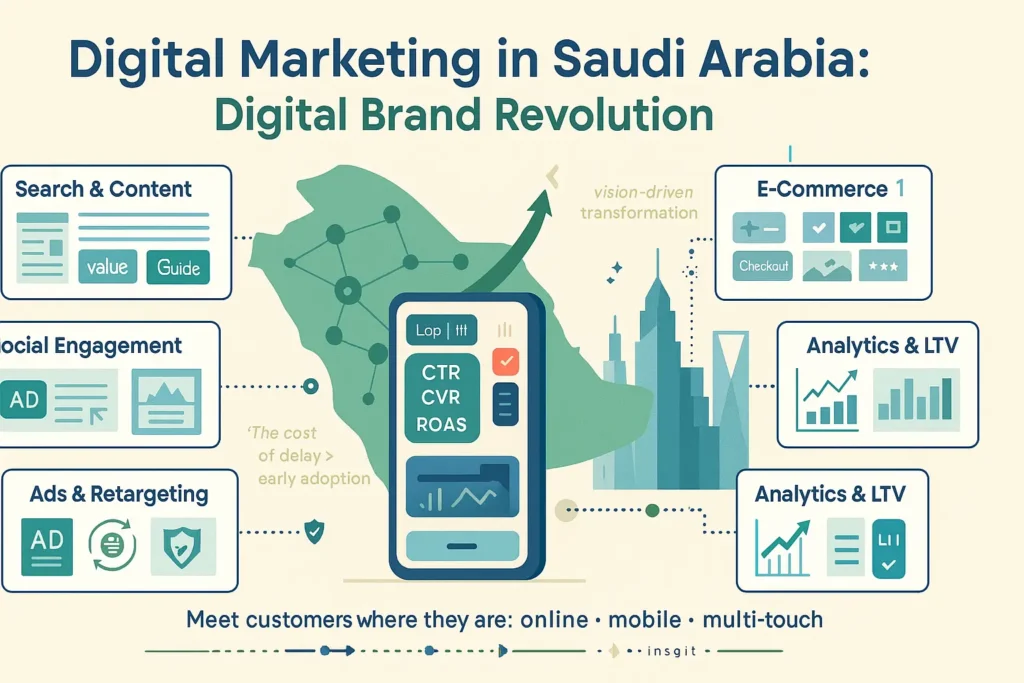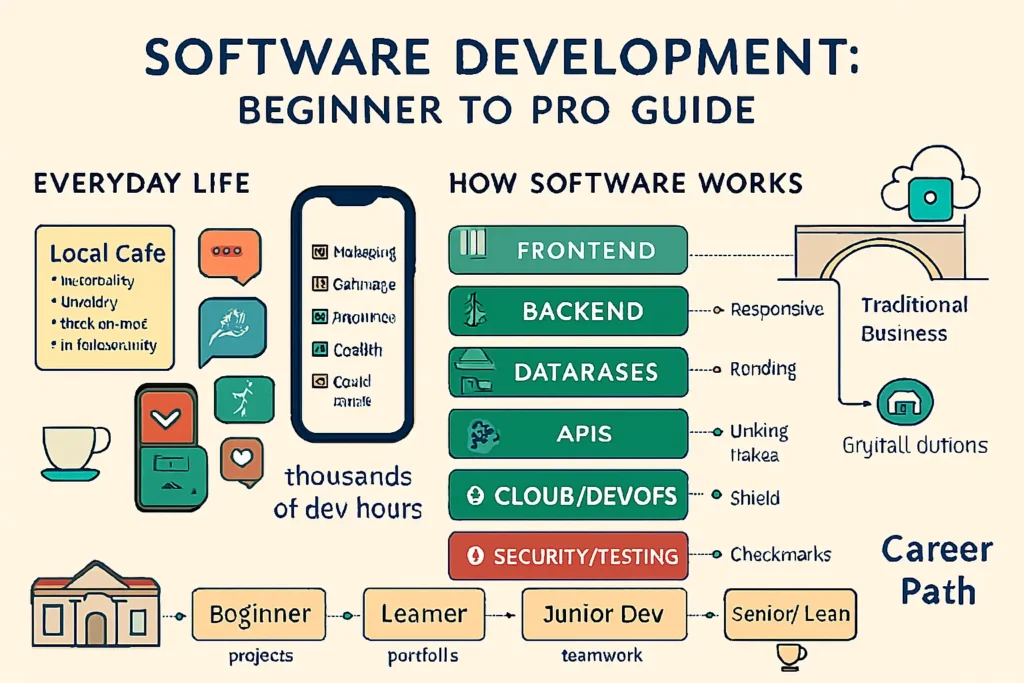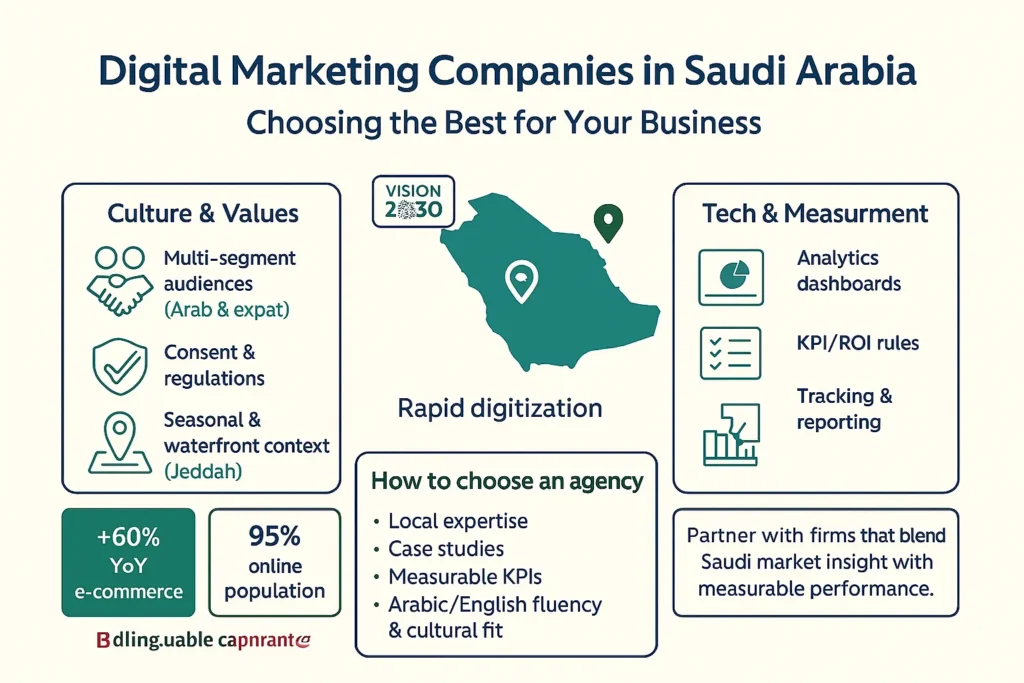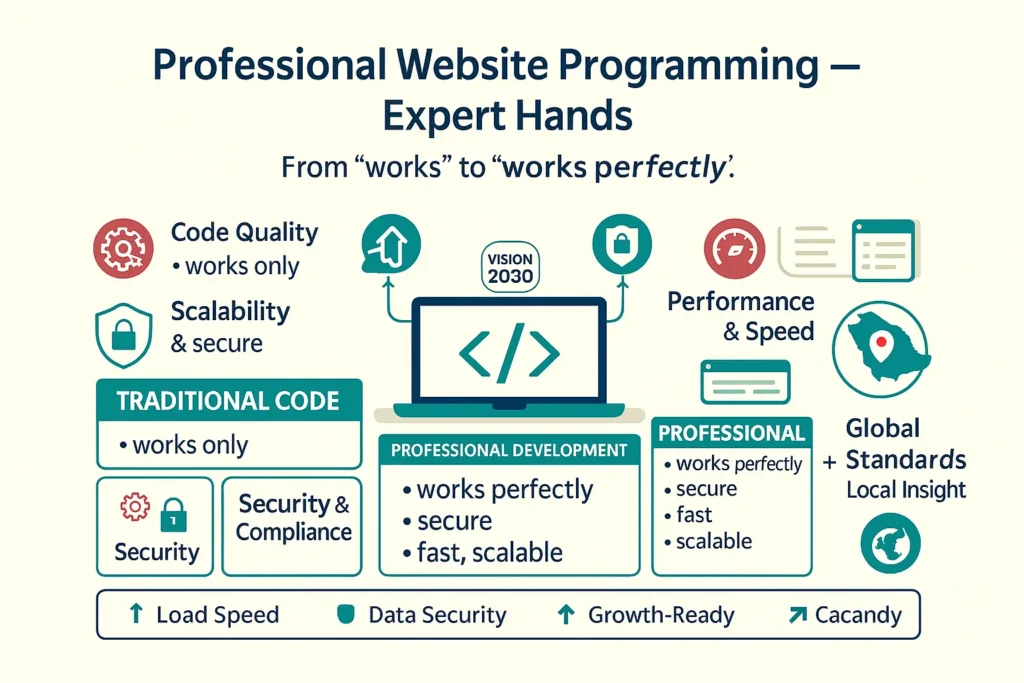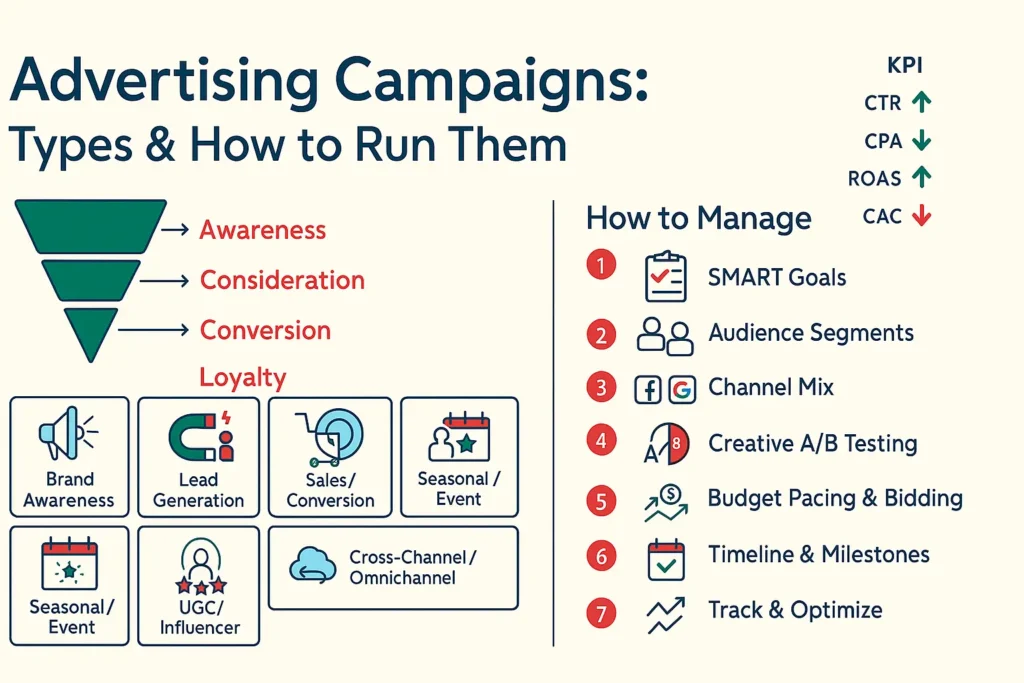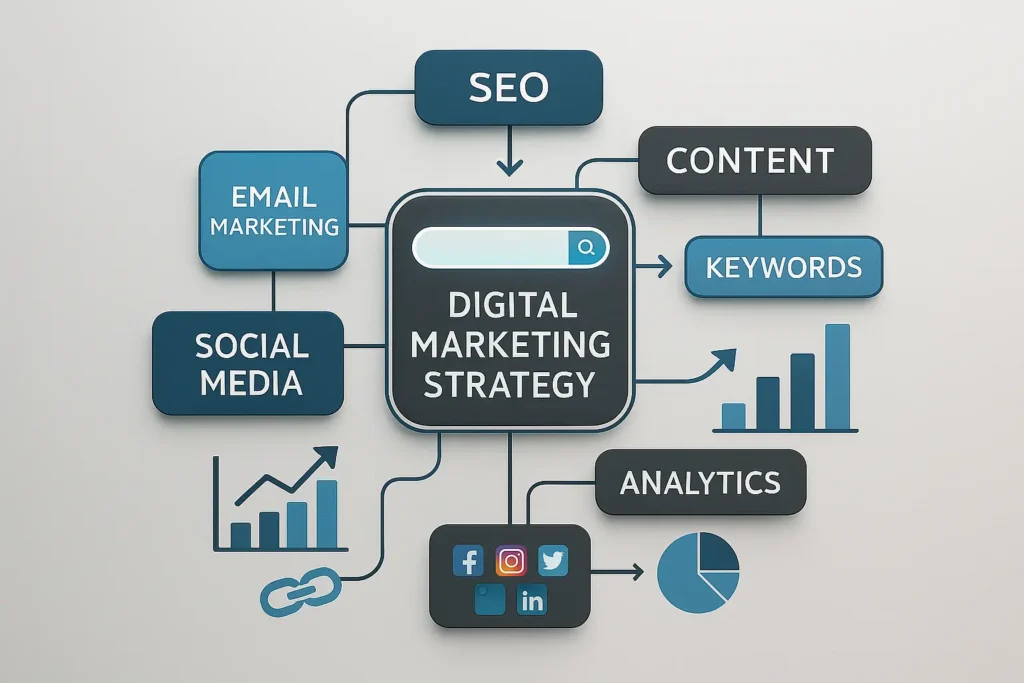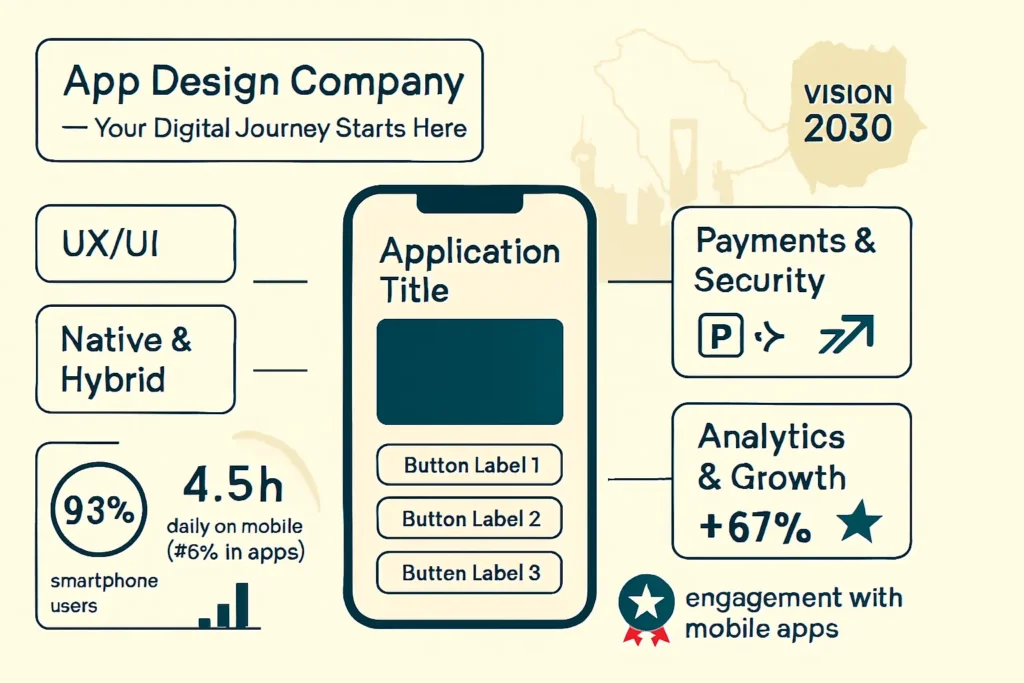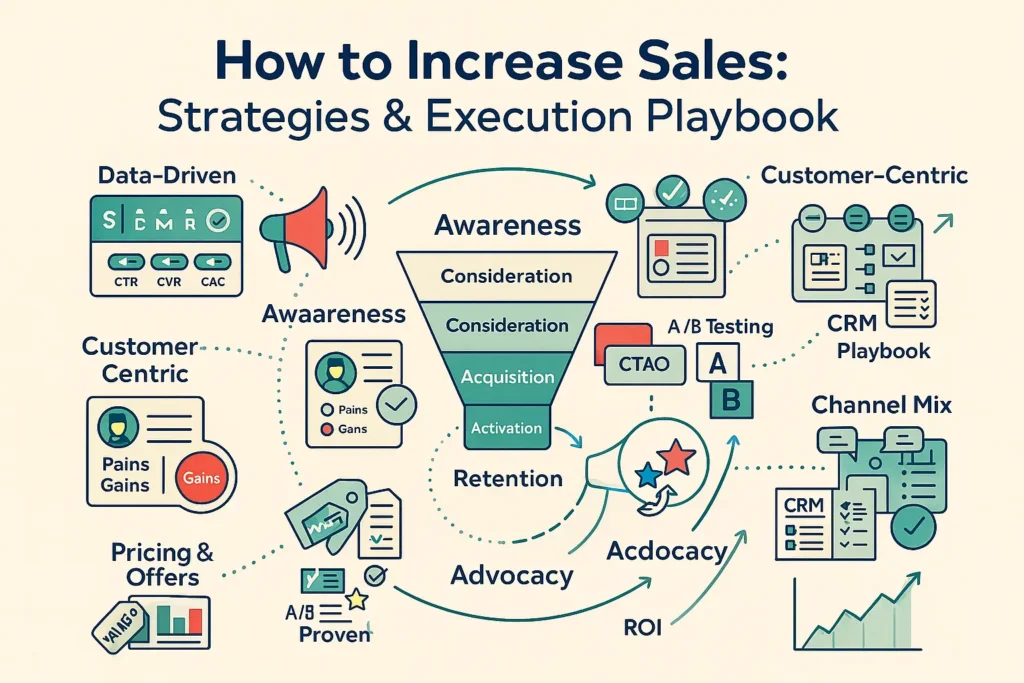
The best strategies to increase sales and how to apply them?
How to Increase Sales: Strategies & Execution Playbook
In today’s harshly competitive business environment, you face challenges that require more than simply offering good products or services. You need sophisticated sales strategies that can cut through the noise and deliver consistent results. The difference between ad-hoc selling and strategic selling often determines whether your business will thrive—or merely survive.
When you implement the right strategies, you don’t just increase sales revenue—you also build a sustainable foundation for long-term growth. Today’s consumers are more informed, more skeptical, and have more options than ever before. This reality makes it essential to develop a holistic approach to boosting sales that addresses every aspect of the customer journey.
Successful companies today recognize that sales strategies must be data-driven, customer-centric, and adaptable to changing market conditions. You can no longer rely on outdated methods or hope your products will sell themselves. Instead, you need a structured approach that turns prospects into customers—and customers into loyal advocates.
Understanding the Fundamentals of Successful Sales Strategies
Before diving into specific tactics, it is essential to understand what constitutes an effective sales strategy. At its core, a sales strategy is your overarching plan for reaching prospects, nurturing relationships, and converting interest into revenue. It encompasses everything from defining your target market to closing deals and maintaining customer relationships.
Your sales strategy should align seamlessly with your overall business goals and marketing efforts. When these elements work in harmony, you create a powerful engine for sustainable growth. The key is to view your sales strategy not as a standalone function but as an integral part of your company’s ecosystem.
Key insight: Successful sales strategies are built on understanding customer needs—not merely promoting product features. Focus on solving problems rather than pushing products.
Measuring the success of your sales strategies requires tracking specific metrics that matter to your business. These may include conversion rates, average deal value, sales cycle length, customer acquisition cost (CAC), and customer lifetime value (CLV). By monitoring these indicators, you can continuously refine your approach and maximize effectiveness.
Proven Traditional Strategies That Still Deliver Results
While the digital shift has revolutionized the sales world, certain traditional strategies remain highly effective when executed correctly. For example, direct selling is still a powerful approach when you focus on building genuine relationships rather than merely pushing products.
The fundamentals of effective direct selling rest on understanding that people buy from those they trust. When you invest time in building rapport, understanding customers’ pain points, and demonstrating real value, you create connections that go beyond mere transactions. This relationship-based approach generates immediate sales and also long-term customer loyalty.
Competitive pricing strategies require a careful balance between profitability and market appeal. You must consider not only your costs, but also the perceived value you deliver to customers. Sometimes, positioning yourself as a premium option can increase sales by attracting quality-focused customers who associate higher prices with superior value.
Building a professional sales team is one of the most important investments you can make. Your sales representatives are often the primary touchpoints between your business and potential customers. Investments in comprehensive training, ongoing development, and a supportive environment pay off through improved performance and reduced turnover.
Traditional distribution networks shouldn’t be overlooked, even in our digital era. Strategic partnerships with accredited distributors can give you immediate access to new markets and customer segments that could take years to develop on your own.

Modern Digital Strategies for Sales Growth
Digital marketing has become the primary engine for increasing sales across industries. Your online presence functions as a 24/7 sales representative—attracting, engaging, and converting prospects even when you’re not actively selling.
E-commerce platforms have democratized access to global markets, allowing businesses of all sizes to reach customers anywhere in the world. However, success in e-commerce involves more than simply setting up an online store. You need to optimize every aspect of the customer experience—from initial discovery all the way through post-purchase support.
Social selling has evolved from simple promotion into sophisticated relationship-building. Platforms like LinkedIn, Facebook, and Instagram offer unprecedented opportunities to connect with prospects, share valuable content, and build trust over time. The key is to deliver value consistently rather than relentlessly pushing your products.
Content marketing plays a critical role in modern sales strategies by educating prospects and building authority in your field. When you create valuable, relevant content that addresses customer challenges, you position yourself as a trusted advisor rather than just another vendor. This approach significantly boosts conversion rates and shortens sales cycles.
Email marketing automation allows you to nurture leads systematically while maintaining a personal touch at scale. By creating targeted email sequences that deliver value and gradually build interest, you can guide prospects through your sales funnel more effectively than manual outreach alone.
Customer-Centric Strategies for Sustainable Growth
Deeply understanding your customers is no longer optional—it’s essential for survival in the market. Customer-focused selling means concentrating entirely on customers’ needs, challenges, and desired outcomes rather than on your product features. This requires effective listening, empathy, and a genuine commitment to problem-solving.
Creating exceptional customer experiences spans every interaction a customer has with your business. From initial awareness through post-purchase support, every touchpoint should reinforce your value proposition and strengthen the relationship. Customers who enjoy positive experiences become your strongest brand advocates.
Loyalty programs and customer-retention strategies are often more cost-effective than acquiring new customers. When you focus on keeping existing customers satisfied and engaged, you not only maintain revenue streams but also create opportunities for upselling and cross-selling. Satisfied customers typically have higher lifetime values and lower service costs.
Customer service quality directly impacts sales performance. When your support team resolves issues quickly and professionally, they effectively create opportunities for future sales. Customers who receive excellent service are far more likely to make repeat purchases and recommend your business to others.
Collecting and analyzing customer feedback provides invaluable insights for improving your sales strategies. Regular surveys, reviews, and direct conversations help you understand what works well and what needs improvement. These inputs enable you to continuously fine-tune your approach and stay aligned with evolving customer expectations.
Advanced Sales Techniques and Methods of Persuasion
Upselling is one of the most effective ways to increase average transaction value while simultaneously improving customer satisfaction. When you recommend higher-value options that better meet customer needs, you deliver real value and increase revenue. The key is ensuring your recommendations genuinely benefit the customer.
Cross-selling techniques help you make the most of every customer interaction by offering complementary products or services. Cross-selling requires a deep understanding of customer needs and precise timing. When done correctly, customers appreciate the convenience of finding everything they need from a single trusted source.
A down-selling strategy can be helpful when prospects hesitate about higher-priced options. By offering a more affordable alternative, you can complete the purchase while preserving the relationship for future opportunities. This approach is often better than losing the prospect altogether.
Psychological persuasion techniques, when used ethically, can significantly improve your close rates. Understanding concepts such as social proof, scarcity, and reciprocity helps you present your offers in ways that align with natural human decision-making processes.
Handling customer objections effectively turns potential barriers into opportunities for deeper engagement. When prospects raise concerns, they’re actually demonstrating interest and giving you chances to address their specific needs. Preparation and practice in objection handling will substantially improve your success.

Practical Implementation and Real-World Application
Creating an implementation plan means breaking your chosen strategies into concrete, actionable steps with timelines and clear ownership. Start by prioritizing based on potential impact and ease of execution. This approach ensures you see results quickly while building momentum for more complex initiatives.
Resource and budget allocation should align with your strategic priorities. Consider both the financial investments and human resources required for successful execution. Remember that the cheapest option isn’t always the most cost-effective when you factor in opportunity costs and potential returns.
Developing a timeline should be realistic yet ambitious. Add buffer time for unexpected challenges while maintaining a sense of urgency in execution. Regular milestone reviews help keep projects on track and allow for adjustments when needed.
Technology tools and systems can dramatically improve the efficiency and effectiveness of your sales strategies. CRM systems, marketing automation platforms, and analytics tools provide the structure needed for consistent sales growth. However, tools alone don’t guarantee success; they must be implemented intelligently and used consistently.
Training and development programs ensure your team can execute new strategies effectively. Invest in comprehensive training that covers not only what to do, but why it matters and how to do it exceptionally well. Ongoing coaching and skills development maintain performance levels and improve results over time.
Measuring Performance and Improving Results
Key Performance Indicators (KPIs) provide the data you need to assess strategy effectiveness and make informed decisions. Choose metrics that directly relate to your business goals and yield actionable insights. Common sales KPIs include conversion rates, average deal size, sales velocity, and customer acquisition cost (CAC).
Analytics tools and tracking methods give you visibility into what’s working and what needs improvement. Modern platforms can track customer behavior across multiple touchpoints, offering comprehensive insights into your sales funnel performance. Use these data to identify bottlenecks and opportunities for optimization.
Interpreting the data requires understanding not only what the numbers mean but also how to act on the insights. Look for trends and patterns rather than focusing solely on isolated data points. Consider external factors that may influence performance and adjust your analysis accordingly.
Continuous optimization processes ensure your strategies evolve as market conditions and customer needs change. Establish regular review cycles to evaluate performance, identify improvement opportunities, and implement changes. This structured approach to optimization prevents stagnation and fuels ongoing growth.
Regular reporting and performance reviews help maintain alignment and accountability. Create dashboards that provide real-time visibility into KPIs, and schedule periodic, in-depth reviews to analyze trends and plan future actions. Transparent reporting builds trust and enables better decision-making.
Keep reading and uncover secrets that can change the way you work. The Best Ways to Leverage Free Google Ads in Riyadh and Jeddah with AI Support
Common Challenges and Practical Solutions
Intense competition demands differentiation strategies that go beyond competing on price. Focus on unique value propositions, excellent customer service, or specialized expertise that competitors can’t easily replicate. Building a strong brand reputation and customer loyalty protects against competitive pressures.
Low conversion rates often signal issues within your sales process or messaging. Analyze your sales funnel to find where prospects drop off and address the specific problems. Sometimes, a small tweak to the offer or timing can produce substantial improvements in results.
Shifts in consumer behavior require adaptable strategies and ongoing market research. Stay close to your customers through periodic surveys, social listening, and direct conversations. Understanding evolving preferences allows you to adjust your approach before losing market share.
Budget constraints call for creative approaches and disciplined prioritization. Focus on strategies with the highest potential ROI and look for ways to leverage existing resources more effectively. Often, the most impactful changes cost very little but require consistent effort.
Sales-team challenges frequently stem from inadequate training, low motivation, or unclear expectations. Address these issues through comprehensive onboarding, regular coaching, clear goal-setting, and recognition programs. A well-supported sales team will dramatically outperform one left to “figure it out” alone.
Keep reading and uncover secrets that can change the way you work. Innovative Strategies for Facebook Ads in Riyadh to Boost Brand Awareness
Future Trends in Sales Strategies
Artificial intelligence is revolutionizing how businesses approach sales growth through predictive analytics, automated personalization, and intelligent lead scoring. As these technologies become more accessible, you’ll need to understand how to integrate them effectively into sales operations without losing the human touch that customers value.
New consumer-behavior trends include a growing emphasis on sustainability, social responsibility, and authentic brand communication. Customers increasingly choose to engage with companies whose values align with their own. This requires a genuine commitment to corporate social responsibility rather than superficial marketing messages.
E-commerce and digital selling continue to evolve with new platforms, technologies, and customer expectations. Voice commerce, augmented reality, and social commerce represent fresh opportunities that forward-thinking businesses are already exploring. Staying abreast of these developments helps you prepare for future opportunities.
Sustainability and social responsibility are important purchase factors across industries. Customers want to know their purchases support companies that share their values and contribute positively to society. Embedding genuine sustainability initiatives into your business model can become a significant competitive advantage.
Preparing for future market changes requires staying informed about industry trends, technological advances, and evolving customer preferences. Build resilience into your strategies and remain vigilant to emerging opportunities and threats. The businesses that thrive in the future will be those that adapt quickly to changing conditions.
Keep reading and uncover secrets that can change the way you work. What are the types of advertising campaigns and how do you manage them?
Your Roadmap to Exceptional Sales Success
The strategies outlined in this guide provide a comprehensive framework for achieving sustainable sales growth. Remember: success depends on consistent execution rather than a “perfect” strategy. Start with the approach that best fits your current situation and resources, then scale your efforts gradually as you see results.
Patience and perseverance are essential virtues in achieving sales success. Most strategies take time to show their full impact, and early setbacks are a natural part of the learning process. Stay committed to your chosen methods while remaining flexible enough to make adjustments based on performance data and market feedback.
Your action plan should prioritize quick wins that build momentum while laying the groundwork for longer-term initiatives. Begin executing immediately rather than waiting for perfect conditions. The businesses that stand out are those that take action consistently, learn from outcomes, and continually refine their approach.
The investments you make in developing sophisticated sales strategies will pay dividends for years to come. By focusing on customer value, leveraging both traditional and digital approaches, and maintaining a commitment to continuous improvement, you can position your business for sustained success regardless of market conditions.
Turn your goals into real achievements with our tailored services – request the service now.
Frequently Asked Questions
What is the fastest way to increase sales?
The fastest way is usually to focus on your existing customers and improve their experience. Implement loyalty programs, ask for referrals, and explore upselling opportunities with current clients. These strategies often yield results within weeks rather than months, because you’re working with people who already trust your business.
How do I choose the right strategy to Increase Sales?
Selecting a strategy depends on your industry, target market, business size, available resources, and competitive landscape. Start by analyzing your current customers to understand what attracted them initially. Test different approaches on a small scale before committing significant resources to any single strategy.
What are the biggest mistakes in implementing Increase Sales strategies?
Common mistakes include trying to do everything at once, providing insufficient training and support for sales teams, neglecting to measure results properly, and abandoning strategies too quickly before they have time to work. Focus on executing a few strategies exceptionally well rather than many poorly.
How long does it take to see results from new Increase Sales strategies?
Most sales strategies take 3–6 months to show noticeable results, though some digital marketing efforts may show early indicators within weeks. The timeline depends on your sales-cycle length, strategy complexity, and execution quality. Be patient, but monitor key indicators to ensure you’re on track.
Can I implement multiple strategies at the same time?
Yes, but success requires careful coordination and sufficient resources. Start with one or two complementary strategies, master their execution, then gradually add others. Ensure the strategies work together rather than compete for the same resources or send conflicting messages to customers.
